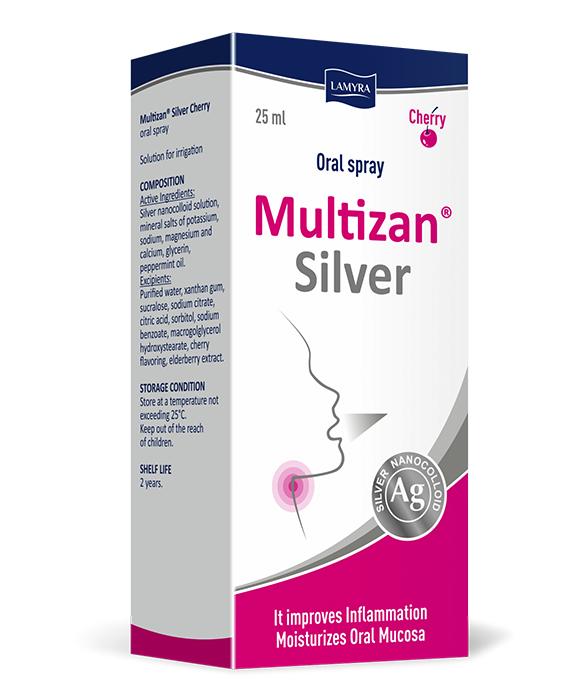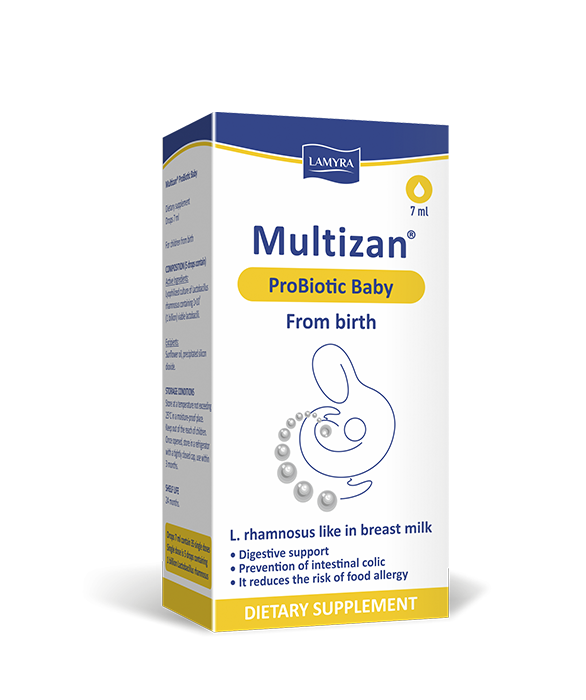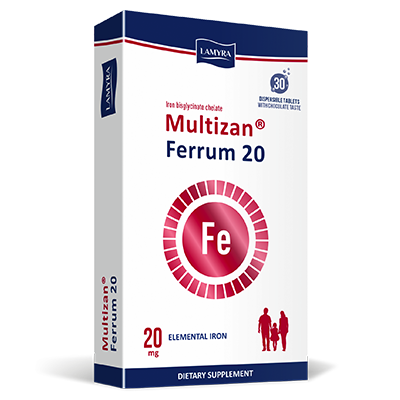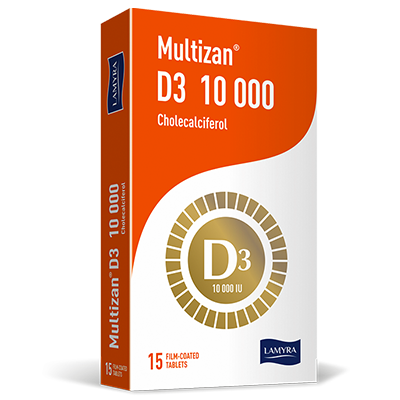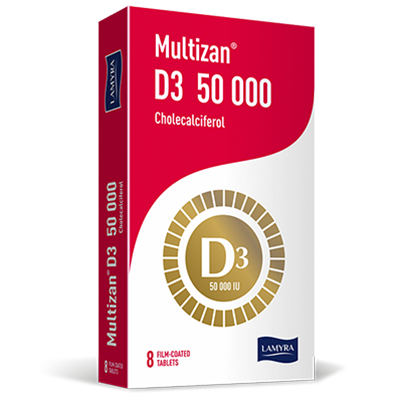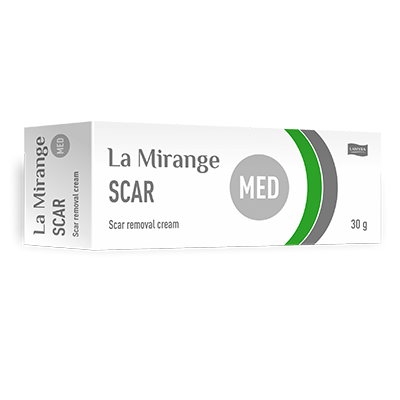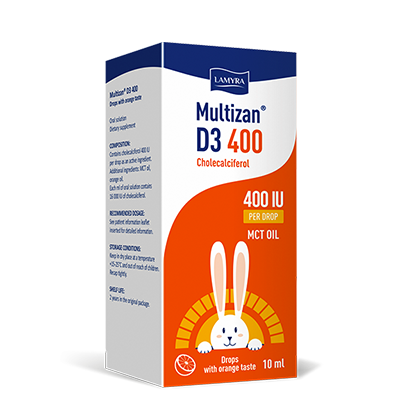Cutaneous fibrosis occurs as a result of the pathological healing of wounds after significant tissue damages such as severe burns, traumas and major surgeries. Pathological skin fibrosis results in the occurrence of disfiguring scars restricting normal movement and impeding the patient's recovery and reintegration into society.
There are 3 consecutive phases of wound healing: a phase of inflammation, proliferation and remodeling.
Increased and prolonged inflammation, hypermetabolic stress, which manifests itself as a sustained surge of pro-inflammatory cytokines, can lead to the occurrence of fibrosis.
The latter ones affect the migration of immune cells, including neutrophils and macrophages, to a wound area.
Initial inflammation activates several cell populations in the dermis and epidermis that contributes to the re-epithelialization and closure of a wound. Among inflammatory cytokines there is transforming growth factor-beta (TGF-β). It allows fibroblasts to be differentiated into myofibroblasts in order to help close the wound. However, the persistent activation of TGF-β signal transmission provides myofibroblasts with an erroneous signal for the continuous production of extracellular matrix (ECM) leading to pathological scarring.
It is important to note that almost all fibrotic diseases show one major phenomenon – the disruption of three separate but overlapping phases of wound healing.
Skin fibrosis and scarring are associated with an imbalance of various mediators in the process of wound healing. The effective methods of treatment should include a multidimensional approach targeted at all three phases of wound healing, starting with mitigating an inflammatory response, limiting the excessive proliferation of myeloid cells and myofibroblasts and using physical and biological interventions during the remodeling of the wound.
The complex composition of Troficol helps to have an effect on inflammatory cytokines, regulating the inflammatory process. Biopeptides included in the composition of Troficol accelerate the production of TGF-β, promoting healing. The flavonoids of Scutellaria baicalensis regulate inflammatory mediators, preventing the inflammation phase from prevailing. Coptis chinensis and Phellodendron amurense have a broad antimicrobial action, preventing infection. Vegetable oils keep the wound physiologically moist, accelerating healing and reducing itching and discomfort. Due to all mentioned mechanisms, all 3 phases of healing proceed in a balanced manner that minimizes the probability of the occurrence of scarring.

